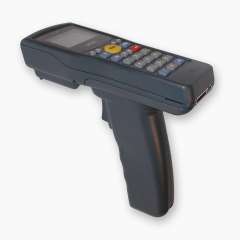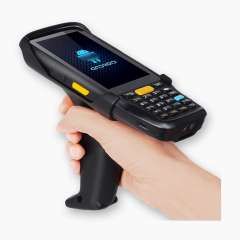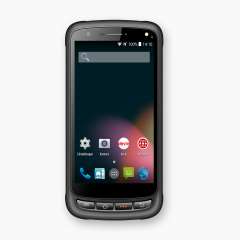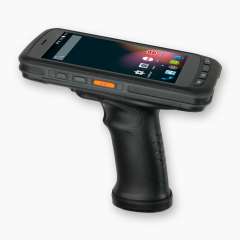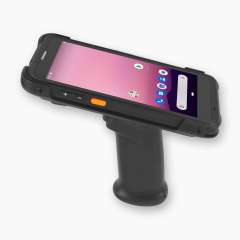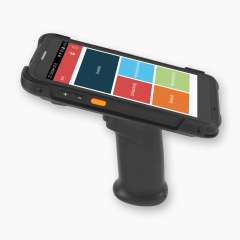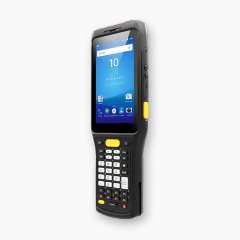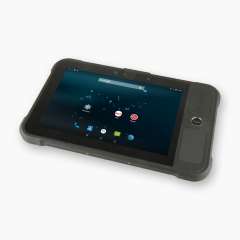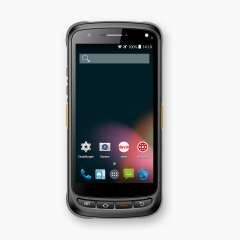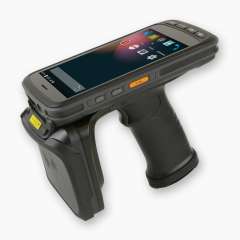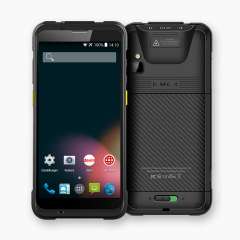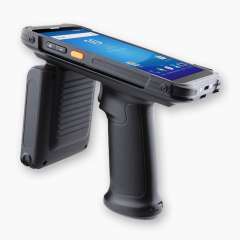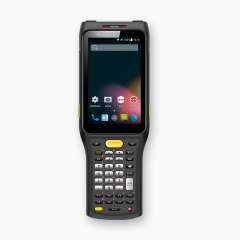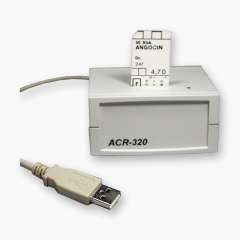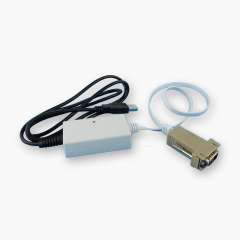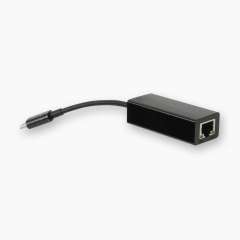1D bar code scanners can only read 1D bar codes
1D codes and 2D codes can be easily distinguished. 1D codes are a sequence of differently wide black and white bars. Since the strokes are always arranged in a single row, one is referred to as a one-dimensional code. The most commonly used 1D codes are e.g. Code 39, Code 128, EAN, UPC and Code 2/5 interleaved.
The advantages of 2D codes are:
- Because of the higher information density, more characters can be encoded on the same area.
- 2D codes provide greater error tolerance and are less sensitive to damage.
- 2D codes can be read omnidirectionally.
- 2D scanners can also read 1D codes.
2D barcode scanners can read 1D and 2D bar codes
2D codes, on the other hand, are rectangular patterns composed mainly of dots or small squares (modules). Since the modules in 2D codes are arranged not only beside, but also one above the other, one speaks of a two-dimensional code. The most commonly used 2D codes are e.g. Datamatrix, PDF417 and QR Code.
The advantages of 1D codes are:
- 1D codes have been established for a long time.
- 1D codes are compatible with most existing scanners.
- 1D codes are easy to produce and reproduce.

